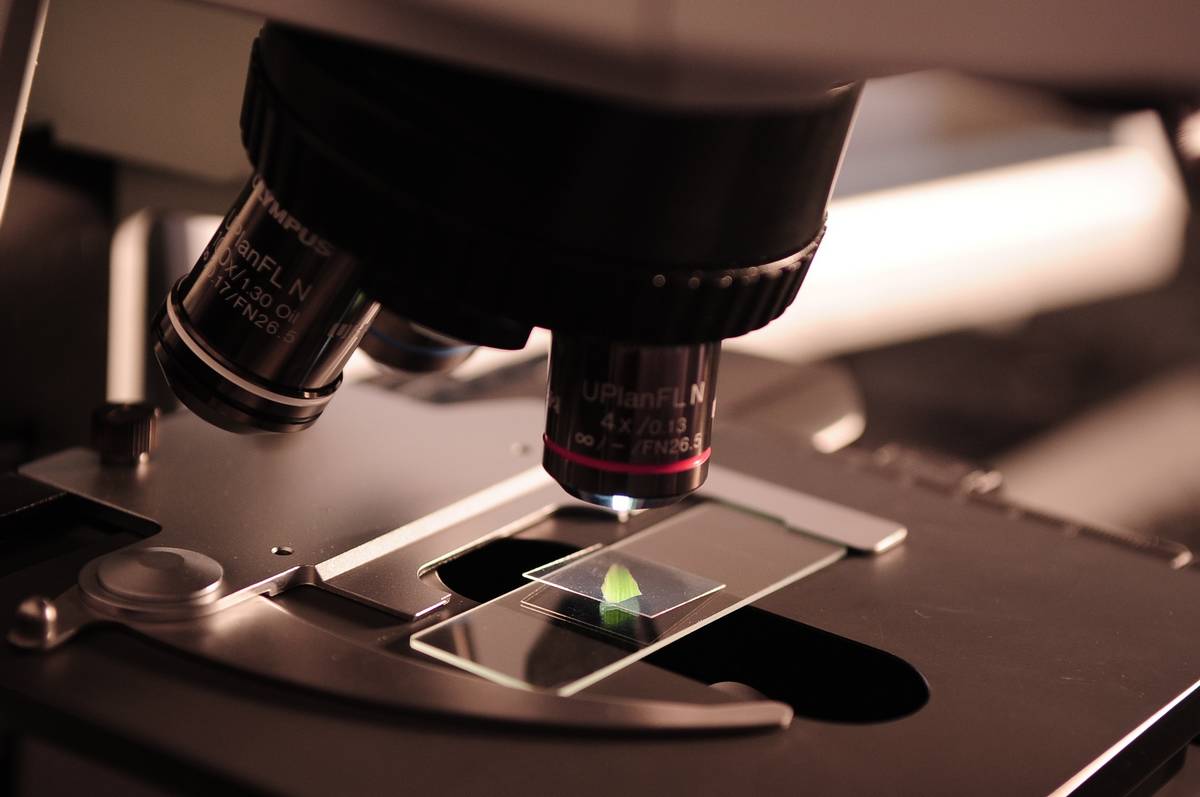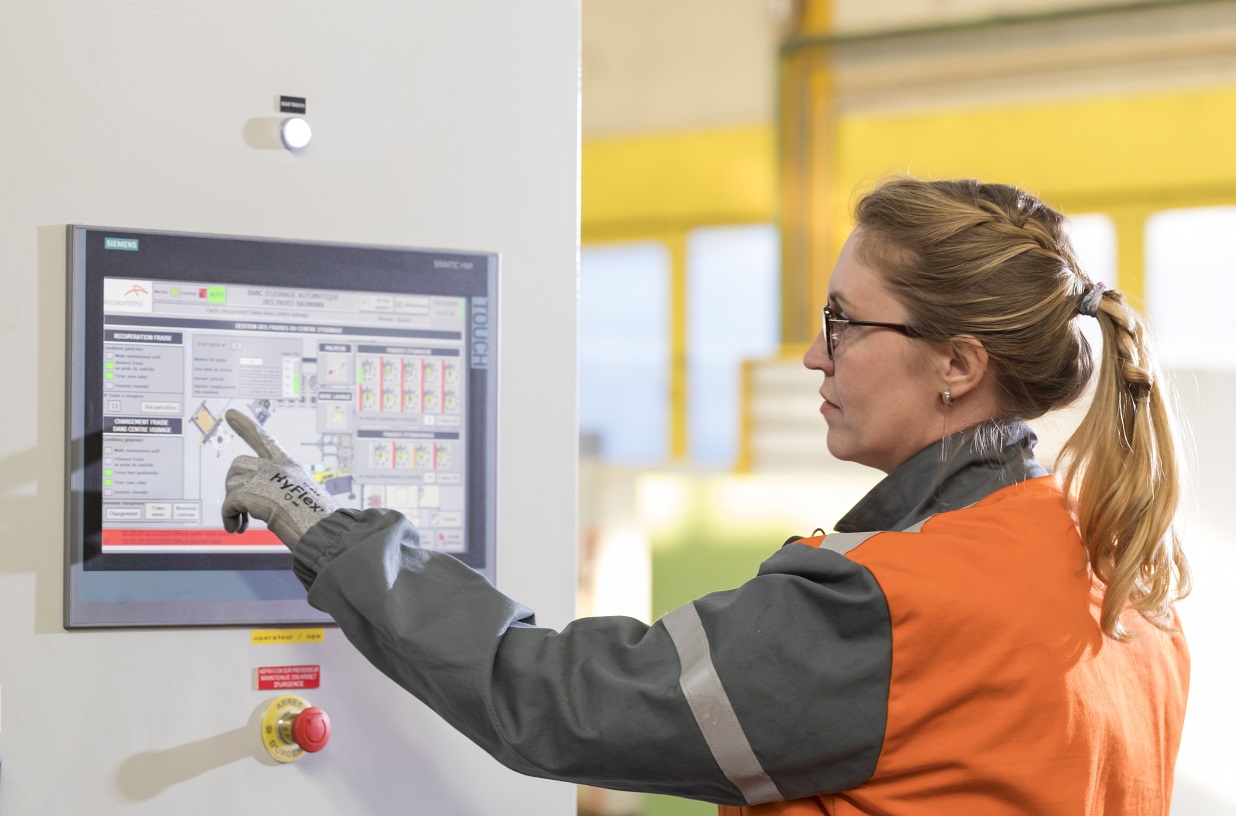
Innovative Territory

The Dunkirk area is the winner of the Innovative Territories programme since 2019.
“Innovative Territories” is a national scheme which is part of the Major Investment Plan, backed by the third wave of the Future Investments Programme (PIA). The aim of this scheme is to help the regions of the future emerge in France as well as new models of regional development. Innovative, replicable and exemplary, these new models will promote the emergence of ecosystems conducive to sustainable economic development and the improvement of the living standards of the inhabitants while helping local economic stakeholders to shine.
Dunkirk’s project entitled “Dunkirk, Creative Energy”, winner of the Transformation of an industrial and port ecosystem is rooted in building a regional symbiosis to embody the industry and city of the future. It is aiming to provide a better quality of life for its inhabitants by combining environmental protection, economic development and social harmony.
Dunkirk, Creative Energy: Towards an Innovative and Sustainable Industrial and Port Ecosystem

A port and industrial ecosystem in transition
The Flanders-Dunkirk region has its own port and maritime history. For 100 years now, it has also been an industrial complex (refineries), the bedrock of the steelmaking adventure on the water, and home to some of the world’s largest companies, including ArcelorMittal, Aluminium Dunkerque and AstraZeneca… and a major energy platform with, for example, Europe’s largest nuclear plant, an LNG terminal and a DK6 combined-cycle power plant.
In the mid-2010’s, despite its appeal and recent company expansions (Ecocem, Ecophos, Indaver, etc.), the Dunkirk area was facing the same difficulties as most of Europe’s industrial urban areas: two significant refineries had closed, the urban area was facing an unemployment rate higher than the national average at a time when industrial jobs were in short supply, but above all, today, Dunkirk, despite the efforts of all its stakeholders, is an area that emits very high levels of CO2 due to its heavy dependence on carbon-based energies.
But here, the transition is not imposed from above; first and foremost it’s a shared choice.

A region that has engaged in its own transformation
Very early on, the region’s stakeholders demonstrated their capacity to come together to innovate and reconcile economic development, environmental protection and quality of life for local residents.
The Dunkirk area has in fact developed unique expertise based on its ability to mobilise and unite stakeholders around sensitive issues, enabling a dialogue between public authorities and economic players on all issues relating to industrial sites.
On a more directly operational level, manufacturers were quick to adopt a position on the circular economy, keen to reduce the impact of their activities on the environment, with the creation of the ECOPAL association responsible for promoting exchanges of materials and energy. There are many examples of successful symbioses that benefit both the economy and the environment: the development of a heating network powered by ArcelorMittal’s waste energy, the installation of the DK6 combined-cycle power plant and the launch of Ecocem, a company which produces cement that emits 45 times less CO2 than traditional cement by recycling blast furnace slag.

THE FUTURE, NOW AND TOMORROW
Dunkirk is ready. We are ready to accelerate the transformation of our territory even further, to move from the coexistence of different symbioses to a regional symbiosis where industries, businesses, ports, local authorities and residents pool their innovation and know-how to anticipate technological breakthroughs and share the benefits.
Our partners have confirmed their shared ambition by signing the Dunkirk, Creative Energy charter. Together, they have defined four strategic areas (Industrial and territorial ecology, air quality, energy transition and so-called Toiles – industrial development tools – and regional intelligence) which will immediately be broken down into fifteen innovative actions on topics such as air treatment, the hydrogen sector, use of waste heat or the recovery of CO2.
Together, they have built a model of mixed governance that is flexible, participatory and agile, bringing together all the local driving forces in an ongoing development process.
Over the years, alliances have been strengthened and a shared vision has been affirmed… And this is how a formidable creative energy has been used to become an Innovative Territory and invent the industrial and port coastline of tomorrow based on a model of regional symbiosis.



